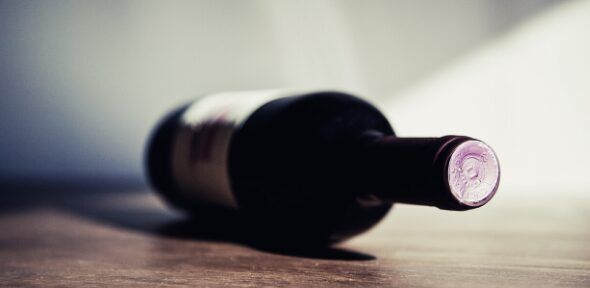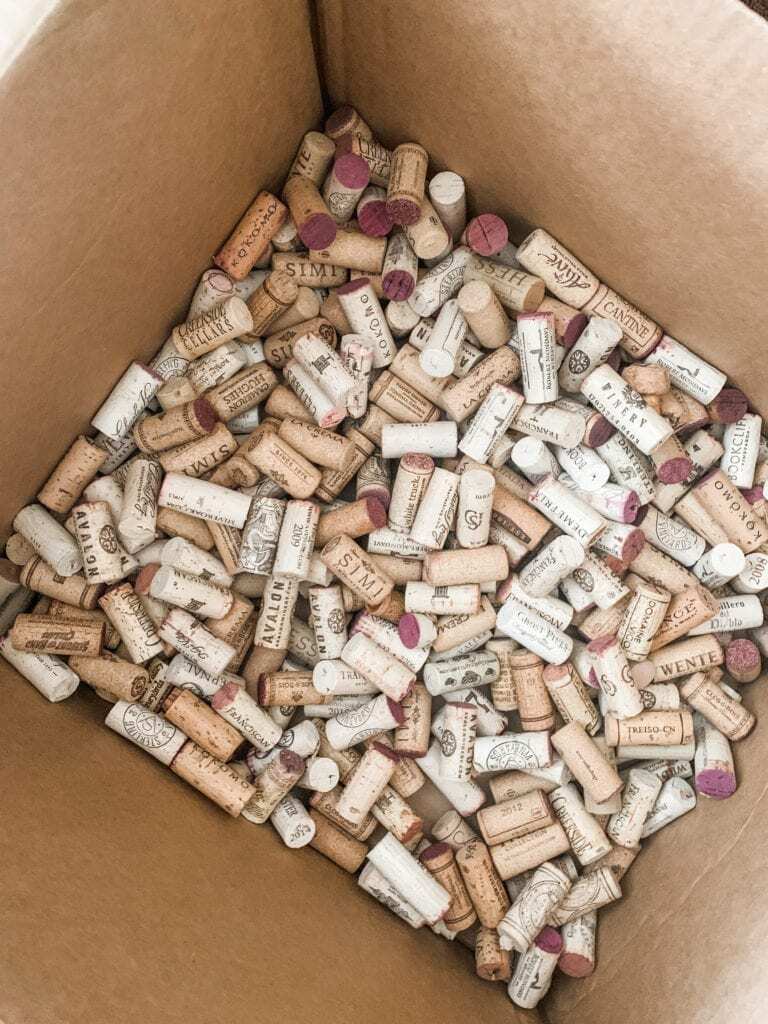Can you really judge a bottle of wine based on the closure used to seal it? You’re not supposed to, but a lot of us do, especially in the United States. A study done by the Cork Quality Council found 50% of people in the U.S. still think wines with screw caps are of a low or very low quality. Spoiler alert – they’re not. But, the case for which closure reins supreme is a debate that’s been going on since the 1960’s when screw caps were introduced to wine. And a debate that will likely to continue for years.
I’m not here to tell you which is better but rather explain each one, their pros and cons and why you might see one type of closure versus another so you can expand your palate, find new wines and debate more factually.

Differences Between Cork & Screw Caps
Sealing wine isn’t just about keeping it in the bottle, it’s about preserving its flavor profile and lifespan. That means the seals job is to limit, if not totally eliminate the wines exposure to oxygen, which can have both positive and negative impacts on it. The type of closure used – screw caps, plastic/synthetic corks, technical corks, natural corks – is strictly a winemaking choice designed to impact how a wine tastes and ages.
Cork is harvested from the bark of cork oak trees, which grow predominantly in Portugal, Spain, and North Africa. (The trees bark is cut off and grows back. Trees are not damaged during the renewable harvesting process.) This natural material makes an exceptional wine stopper due to its unique combination of flexibility, durability and liquid-resistant properties. Using natural cork as a wine seal allows tiny amounts of oxygen to seep into a wine bottle over time – a characteristic that allows bottles to mature during extended bottle aging. But cork can have issues, which we’ll get into.
Screw caps provide a totally secure seal. The liner within a screw cap determines oxygen permeability – there are different grades of screw caps that let in different levels of oxygen. Some prevent any air exchange while others allow controlled amounts to pass through. The zero to reduced oxygen can help a wine retain its bright, fresh fruit flavors for a longer period of time.

Why Did Screw Caps Become a Thing?
Screw caps really didn’t make it to the wine world until the 1960’s. Before that they had been more tied to spirits. And, they didn’t make much a splash until the early 2000’s, when according to the Cork Quality Council, concerns about tainted wines created interest in use of alternative closures – synthetic corks and screw caps. While many factors can contribute to taint in wine, natural cork received a great deal of attention due to trichloroanisole, which can be present in cork.
Trichloroanisole also called TCA is what most people refer to as cork taint, it’s a fungus that gives wine a moldy, cardboard like aroma. While cork manufacturers are getting better at eradicating TCA, it is still a small risk and one of the reasons you need to sample that bottle of wine at a restaurant before everyone is poured a glass. If it tastes like cardboard or a wet basement, send it back.
Since screw caps come without the risk of cork taint, a growing number of wineries began using them in the early 2000’s, particularly in Australia and New Zealand, where they have been widely adopted. In New Zealand, more than 90 percent of wines – both premium and table wines – are sealed with screw caps. Today, about 30 percent of all the wine produced worldwide comes in a screw cap bottle.
While cork is still the most widely used seal for wines meant to age, as well as those intended to drink now we’re starting to see more premium, wines using screw caps. From Penfolds and Henschke in Australia, Villa Maria in New Zealand and Gordon Getty’s PlumpJack Collection of Wineries in the U.S., which includes PlumpJack Estate Winery, Cade Estate Winery, Odette Estate Winery and 13th Vineyard by Cade. In other words, screw cap wines are not always inexpensive, “cheap wine”.
The Best Screw Top Wines
To demonstrate that screw capped wine can deliver, I have a few recommendations. If you can’t find them locally, try Wine.com or order directly from the winery.
- 1. Henschke 2023 Henry’s Seven, Shiraz Grenache Mataro blend Barossa, Australia
- 2. Vasse Felix, 2021 Tom Cullity, Margaret River, Australia
- 3. Bin 311 Chardonnay, Penfolds, Australia
- 4. Villa Maria Ngakirikiri a Cabernet Sauvignon blend, Hawkes Bay, New Zealand
- 5. Loveblock Pinot Noir, Central Otago, New Zealand
- 6. PlumpJack Reserve Chardonnay, Napa Valley, California
- 7. Rombauer Sauvignon Blanc, North Coast, California
- 8. Colterris Cabernet Franc, Palisade, Colorado
- 9. Left Coast Pinot Blanc, Willamette Valley, Oregon
- 10. Van Duzzer Estate Pinot Noir, Willamette Valley, Oregon
Elaine Schoch is an award-winning travel writer, wine judge, American Wine Specialist and certified by the Wine & Spirit Education Trust (WSET II). At Carpe Travel she shares wine travel destination guides for ALL WINE LOVERS – from novices to experienced pros – to help them plan their wine adventures, arming them with insider tips, must-visit spots, and things to see and do beyond the vines.

